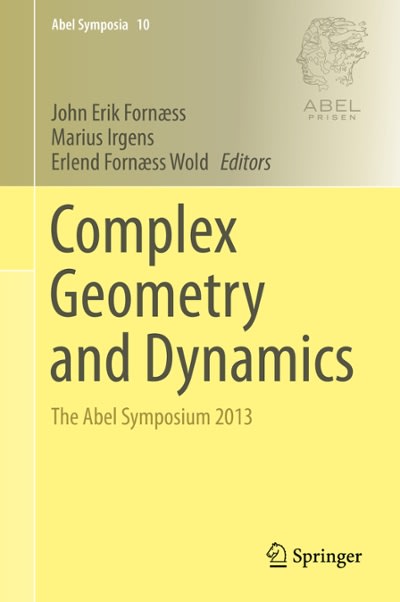Question
Consider a clinical trial where a group of patients are treated for depression. As in many such trials, a patient has two possible out-comes, in
Consider a clinical trial where a group of patients are treated for depression. As in many such trials, a patient has two possible out-comes, in this study a relapse or a no-relapse. Refer to relapse as a "failure" and a no-relapse as a "success". The trial treats depression with Lithium and assumes that each patient in the group has the same probability p of having success as their outcome. Assume that we do not know the value of p at the start of the clinical trial. Since this value of p is an important source of uncertainty in the trial, the clinician conducting the trial partition the sample space
by the possible values of p. She uses the following 11 possibilities;
0, 1/10, 2/10, ..., 9/10 and 1 for p.
Let Bj be the event that p = j1 for j = 1,2,...,11, and assume that 10
the Bj's are all equally probable events.
Now let A1 be the event that the first patient in the group has a
success.
Show that P(A1/B) = j1 and P(A1) = 1. (12 marks) 10 2
(b) Many airline companies offer "fly and drive" deals whereby they pro-video ticket buyers with rental cars. One airline company provides its customers with cars from one of three car rental agencies, with 28% from agency A, 32% from agency B, and 40% from agency C. If 9% of the cars are from A, 7% of the cars from B, and 4% of the cars from C need tune-ups, what is the probability that a car needing a tune-up that is delivered to an airline customer came from car rental agency A?
Step by Step Solution
There are 3 Steps involved in it
Step: 1

Get Instant Access to Expert-Tailored Solutions
See step-by-step solutions with expert insights and AI powered tools for academic success
Step: 2

Step: 3

Ace Your Homework with AI
Get the answers you need in no time with our AI-driven, step-by-step assistance
Get Started


